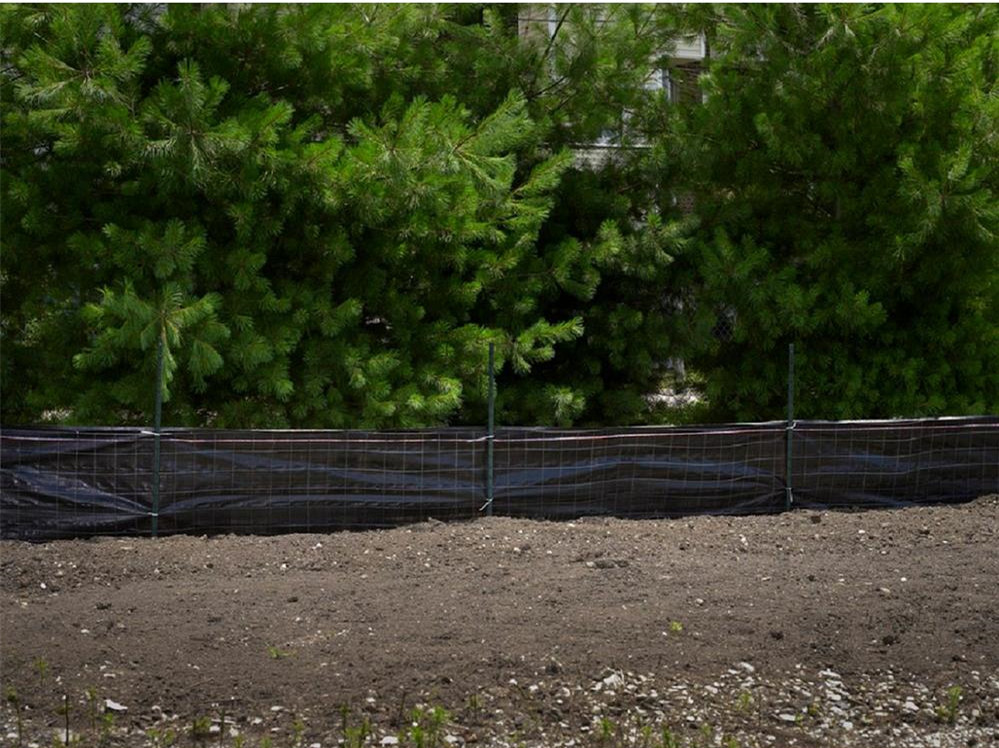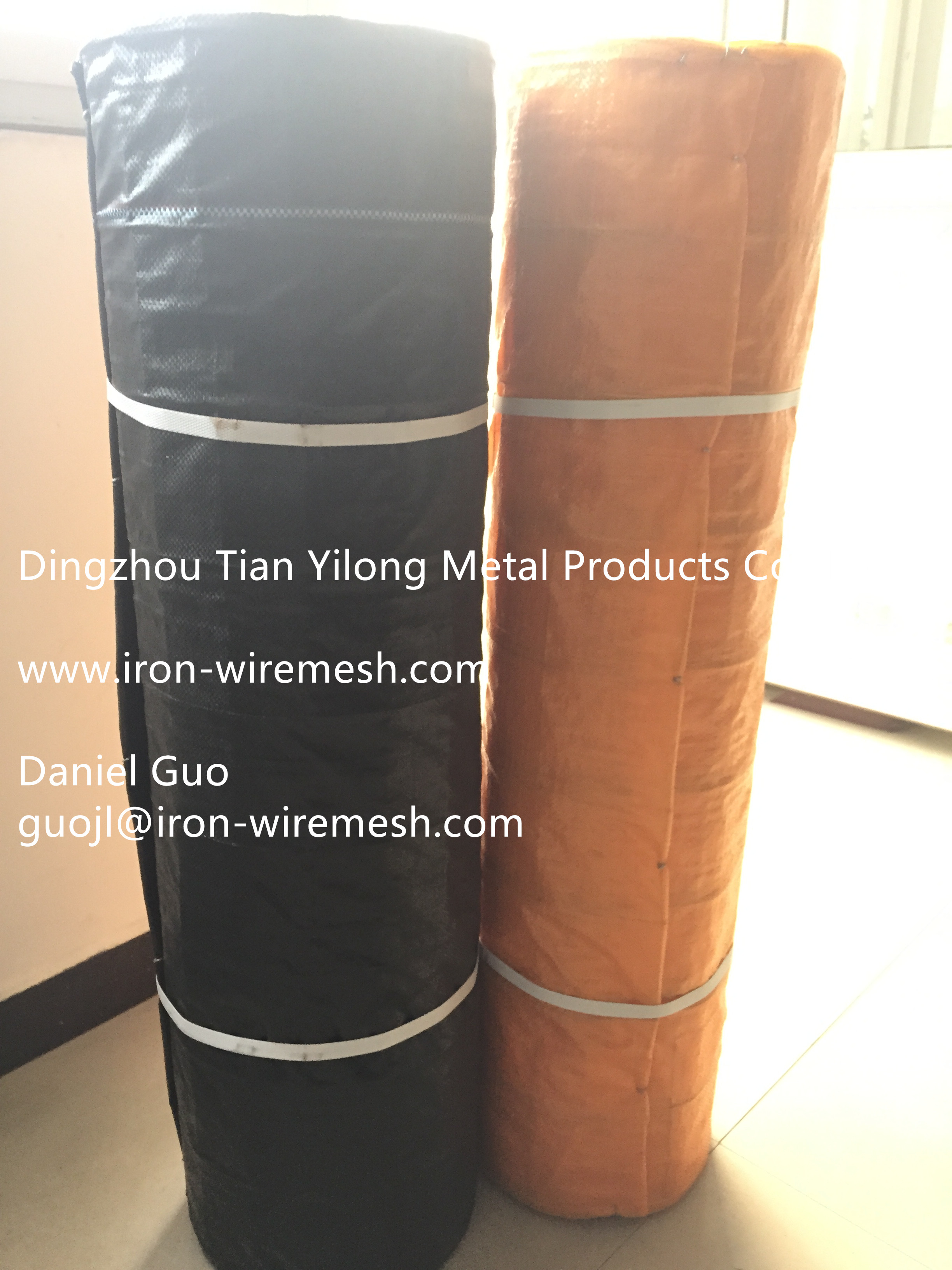Fracture and structural design of Freon (F11) packaging steel drum
Wang Daren
ã€Abstract】 By comparing the stress and center deflection of three different types of steel drum flat cover, this paper recommends a K-shaped steel drum with good performance and simple structure.
[Keywords] Freon; packaging; steel drum design
F11 is a colorless, non-toxic and volatile liquid, non-flammable, with a boiling point of 23.7 ° C and a specific gravity of 1.494, a critical temperature of 197.78 ° C, and a critical pressure of 44.6 kg·f/cm 2 .
In the packaging of F11, cylinders with a design pressure of 10kg·f/cm2 were used in the past, and empty bottles of half a ton of cylinders weighed about 265kg. Empty bottles need to be returned for use, which is not only inconvenient but also uneconomical.
Foreign countries have adopted disposable steel drum packaging. At present, our F11 production accounts for about half of the national total. Naturally, we also need to try steel drum packaging to reduce the cost of sales. Since there is no standard for F11 packaging steel drums, the Ministry of Chemical Industry has decided to make steel drums for trial use in accordance with the industry standards of a barrel factory in Shandong Province. We have shipped to Beijing, Yantai, Shanghai, Guangzhou and other places, there are train transportation and car transportation. As a result, different numbers of flat bottom cover straight ribs broke and F11 leakage accident occurred. The manufacturer insisted that the steel drum is good. For this reason, we have studied the steel drum structure design, and tested the stress and center deflection of the steel drum flat cover of three different structures, which are respectively introduced as follows.
1. GB325 heavy steel drum (referred to as A-type steel drum)
At present, the F11 packaging steel drums tried in various places have evolved on the basis of GB325 "Packaging Container Steel Barrel". The structure of A-type steel barrel is shown in Figure 1.
d=560mm, H=850mm, volume 200 liters, bearing F11 net weight 250kg. Use at room temperature. The barrel and the lid (including the upper and lower covers, the same below) are both 1.5 mm thick. Due to the difficulty in supplying domestic 1.5mm cold-rolled sheet, the manufacturer currently uses spcc cold-rolled sheet made in Japan, and its chemical composition and mechanical properties are similar to those of the domestic 08 steel.

figure 1
The connection structure of the upper and lower covers of the steel drum and the barrel body is sealed by a triple round crimping. According to the provisions of GB325, each steel drum should be tested for air tightness of 30 kPa, and the sampling hydraulic test 250 kPa is not leaking. In actual use, as the ambient temperature rises, the F11 vapor pressure gradually increases, and the lid of the bucket is continuously bent and deformed to form a convex-like head. When the ambient temperature is 45 ° C, the saturated vapor pressure of Fl1 is 0.203 MPa (absolute pressure). We use the gauge pressure O.11MPa as the basis for the analysis. The stress test results show that the thin flat cover structure has poor rigidity. Under the uniform load, the deformation occurs when the pressure is applied, and the stress in the center of the flat cover is not too large. The increase is faster, the radial tensile strain, the circumferential compression strain, the high strain value, and the yielding state. Center deflection measurement, when the internal pressure is O.11MPa, the center deflection is 34.8mm (see Table 1). The barrel edge has exceeded 16.8mm (the barrel edge is 18mm high). Therefore, the steel drum cannot be placed smoothly during the summer transportation process. F11 imported from abroad, its packaging steel drum is similar to A-type steel drum.
Table 1 Maximum deflection measurement data sheet (unit: mm)
0.03
0.05
0.08
0.10
0.11
0.12
0.14
0.15
Type A steel drum
16.9
18.7
24.9
31.0
34.8
38.8
47.2
53.5
B type steel drum
13.9
16.5
21.9
24.7
26.8
28.3
32.1
34.4
K-shaped steel drum
9.2
10.0
14.1
16.7
18.7
21.1
26.5
33.9
2. Steel drums of a barrel factory in Shandong Province (referred to as B-type steel drums)
The structure of the B-shaped steel barrel lid is shown in Figure 2. The structure of the barrel body, the barrel and the lid of the barrel are the same as the A-type steel barrel. In order to overcome the excessive deflection of the center of the A-type steel drum lid, a straight rib is added to the diameter, and a ring rib is added at the edge. The Ministry of Chemical Industry designated this steel drum as a trial steel drum for F11 packaging.

figure 2
The stress test results of the B-shaped steel drum show that the straight ribs and the ring ribs on the flat cover increase the bending section modulus of the flat cover, which improves the rigidity of the flat cover and greatly reduces the center deflection. From the stress distribution, due to the constraint and reinforcement of the straight ribs, the radial strain on the straight ribs is greatly increased, showing a yielding state, while the strain in the edge region is relatively reduced. Further blasting tests showed that when the internal pressure increased to 0.75 MPa, the steel drum broke at the seam where the lid and the barrel were connected. Observing the lid of the bucket, the convex shape of the straight rib was nearly flattened, but no crack marks were found, and no leakage was found during the test. This shows that the B-type steel drum lid structure is safe and reliable under the static load condition. When the warehouse temperature reaches 45 °C, there is a small amount of protruding barrel edge in the center of the barrel cover.
However, it is this straight rib that makes the stress of the flat cover more complicated, causing local stress concentration. In the long-distance transportation process, the stress concentration in the middle part of the bottom straight rib is caused by the alternating stress generated by the impact vibration. The zone, which is also the largest section of deflection, undergoes fatigue brittle fracture. The ambient temperature at the time of the fracture is 10 ° C ~ -10 ° C, which is in the normal temperature range. At this time, the pressure at the bottom of the steel drum is only 0.01 MPa. Obviously, the B-shaped steel drum lid structure is not suitable for dynamic loads.
3. Steel drums with improved structure (referred to as K-type steel drums)
After absorbing the experience of the above two steel drums, we cooperated with a barrel factory in Zhejiang Province to try out new steel drums.
1. Improvement of the structure of the bucket lid
The straight ribs on the bucket cover are removed, and the convex ring ribs at the edges are changed into concave ring ribs, and the machining dimensions and transition arcs are adjusted. The flat cover structure is shown in Figure 3.

image 3
Test results, when the pressure is O.lMPa, the maximum deflection of the center of the barrel cover is 18.7mm, which is only 0.7mm beyond the edge of the barrel. In most cases, it does not exceed the edge of the barrel. Basically solved the summer gas, high temperature, the deformation of the barrel cover is too large and the steel drum is not placed smoothly.
From the perspective of stress distribution, the central area is close to the A-type steel drum, and the stress is small; the edge is close to the B-type steel drum, which is more than the edge strain of the A-type steel drum flat cover.
2, the improvement of the barrel
Body thickness calculation:
Maximum working pressure: 0.11MPa
Design pressure: P=0.15MPa
Steel drum inner diameter: Di=560mm
Tensile strength of the material: σb>275 MPa (measured 340 MPa).
Safety factor: nb = 3 material quality coefficient 0.9.
Material allowable stress: [σ] = 775 / 3 × 0.9 = 82.5 MPa.
Weld coefficient: Φ=0.6
Negative deviation of steel plate: Cl=0.1mm
Corrosion margin: C2=O
Processing and thinning amount: C3=0.1mm
Calculate the thickness δ=1.05mm and take δ=1.25mm
After the thickness of the barrel is thinned, the stress test shows that the actual stress level of the 8#, 9# measuring points is still relatively low. In the further blasting test, when the pressure rises to 0.59 MPa, the steel barrel breaks at the joint of the barrel and the lid. This means that the weak point of the steel drum is at the seal, but it is safe enough.
Fourth, discussion opinions
1. The maximum pressure of the steel drum is 0.11MPa, which belongs to the pressure vessel range. The thickness of the flat cover is 11.2mm according to the pressure vessel. However, the flat cover and the barrel are connected by a roll seal process with a maximum thickness of 1.5 mm.
2. According to the theory of elastic circular plate, the connection between the flat cover and the barrel body is elastically connected, which is between the rigid rigidity of the periphery and the simple support of the periphery. Calculate the maximum deflection, maximum edge stress or maximum center stress of the flat cover by the corresponding formula, which is quite different from the test results.
3. The steel drum is used once. When the temperature reaches 40~45°C in summer, the pressure inside the steel drum reaches 0.08~0.llMPa. Therefore, the design of the steel drum is only required to ensure the safety of storage and transportation in summer; and the deformation of the center of the flat cover is allowed to be relatively large, which allows a relatively large local stress on the edge of the flat cover. Type A steel drums and foreign steel drums are consistent with the above considerations.
4. In order to overcome the excessive deformation of the flat cover center, domestic counterparts have done various researches and experiments on the structure of the lid. In addition to the introduction of this article, there are several other different structures. We have also tried two other structures and tested them. , K-type steel drums can be better, the structure is relatively simple, and the improvement of the barrel structure size, lowering the manufacturing cost than the A-type and B-type, due to the large batch size, saving the packaging cost of more than 600,000 yuan for our factory in one year. The economic benefits are also obvious.
references
1. GB 150 "Steel Pressure Vessel", Xueyuan Publishing House
2. Stress Analysis of Flat Head of Cylindrical Pressure Vessel, Design of Chemical Equipment, No. 3, 2010
Wire backed silt fence (WBSF) is constructed with a three or four feet high wire scrim, covered with a woven poly propylene filter fabric. The galvanized steel scrim supports the fabric in an upright position even under substantial loads of silt and water. A fabric apron extending beyond the wire is also available.


Features & Uses
ŸMaterials: Galvanized Welded Wire Mesh with fabric 100%PP
ŸColor: Black, Orange
Uses: Erosion control, Silt control at construction sites, Required in some jurisdictions
Benefits
A more robust silt fence
ŸUV resistance
ŸCan hold more silt before it needs to be cleaned
ŸCan double as a safety fence around a job site
ŸEasily attached to existing wire site fences
Specification
|
Wire mesh
|
Fabric
|
||||
|
Heght
|
Length
|
Opening
|
Wire (AWG)
|
Height
|
Weight
|
|
36'' 24'' |
100'
|
4'' x 4'' 4'' x 2'' |
12 Gauge 14 Gauge |
48'' 36'' |
50 gsm 70 gsm 90 gsm 100 gsm |
Wire Mesh Silt Fence,Wire Backed Silt Fence,Woven Wire Fence
DINGZHOU TIAN YILONG METAL PRODUCTS CO., LTD. , https://www.wiremeshsolution.com